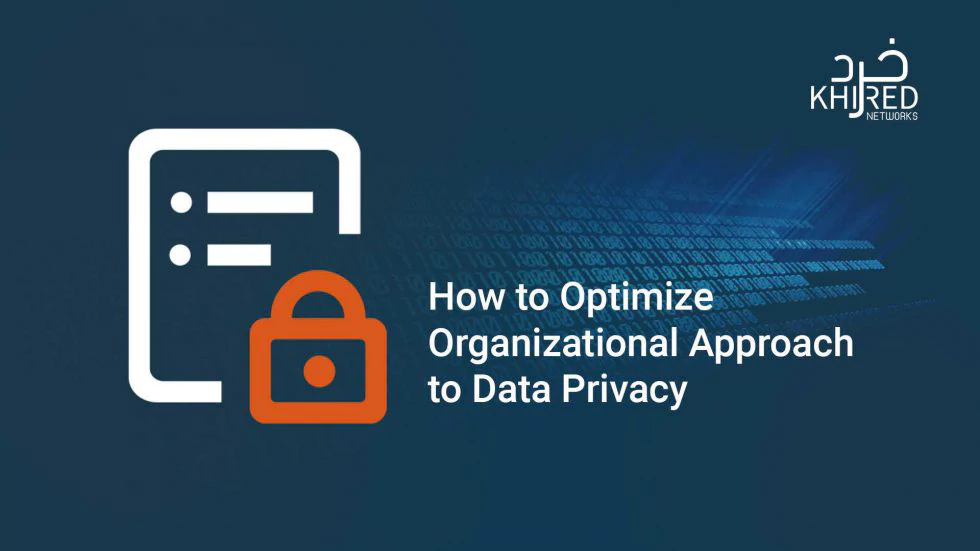Data management is probably the biggest challenge to digital transformation efforts in 2021. All organizations require data to make future decisions and deliver quality products and services. However, security breaches in worldwide businesses have identified the lack of robust security strategies that have increased the vulnerability of confidential data like financial records, trade secrets, and product information.
Data security is critical to organizational growth and development. Compromising data security could result in unrecoverable economic and reputational damages. Hence, enterprises need to take key steps to increase their data security and protect their customers’ information.
Given below are a few tips to optimize the organizational approach to data privacy.
Privacy by Design Approach
In the Privacy by Design approach, companies have to apply data privacy and data protection right from the beginning of security projects. This approach is essential to ensure data privacy and comply with global data privacy regulations. Besides, it also helps companies reduce the risk of data loss.
By incorporating privacy while designing projects and systems, organizations can raise awareness for privacy concerns and timely identify the problems. The Privacy by Design approach can be integrated while sharing data outside the organization, establishing new IT infrastructure, using data for decision-making, and executing new strategies regarding data security.
Train Your Workforce
Educating workers about the importance of cybersecurity and data privacy is necessary to secure the IT infrastructure. Cybersecurity is considered an integral part of the organizational process. Large enterprises have even appointed chief security officers to protect their sensitive business data and train their employees on data security.
Organizations should use security awareness training programs and create a strategic plan. An experienced team comprising the top-level executives and initiative leaders should be included in the team supervising these training programs. These professionals should explain best practices for digital security and phishing testing. Besides, the drivers of malicious behavior should be addressed to educate the workforce and reduce the risk of insider threats.
Identify and Inventory Data Assets and Processes
An organization cannot assess the impact of potential data breaches unless it identifies its data assets and processes. The executive management must enlist what data their organization stores and processes. For this purpose, a comprehensive directory should be devised documenting the critical information like the location of the organization’s data repository, etc.
Similarly, the entire network of data in these areas should be scanned to categorize the type of data that is most vulnerable to a breach. Categorizing data according to sensitivity can also be done with a data mapping exercise.
Implement Multi-Factor Authentication (MFA)
The first thing majority of the internet users do whenever a data breach is reported is changing their login credentials. In most of cases, this practice of changing passwords is useless as it could be too late by then. Even some victimized businesses are not even aware of a data breach that allows attackers to compromise the exposed accounts before they are detected several days later.
Realizing the potential impacts of that threat, additional steps should be taken to protect the users’ business accounts from cybersecurity threats. Organizations should encourage their employees to use multi-factor authentication (MFA) across their personal web accounts. Besides, the requirements of the Control 4 – Controlled Use of Administrative Privileges must be followed.
Embrace a Data-centric Strategy
The rapid adoption of cloud computing and the Internet of Things (IoT) has blurred the traditional network boundaries across all sectors. However, network security needs to be approached from a strategic viewpoint to ensure data security. Therefore, a data-centric approach should be embraced to identify potential threats to the company’s confidential data and devise strategic plans to mitigate those threats.
Based on their understanding of data vulnerability, organizations should perform encryption to protect their data. Additionally, a robust data backup strategy should be developed to avoid data loss.
Conclusion
Privacy by Design approach, workforce training, strategic understanding of data assets, multi-factor authentication, and a robust data-centric security strategy are some efforts that can help companies optimize their approach to data privacy. Some additional measures can also be taken to prepare systems against cybersecurity threats and implement advanced security controls.
Finally, companies need to exercise vigilance for patch management to bolster their data security efforts and protect their confidential data.

